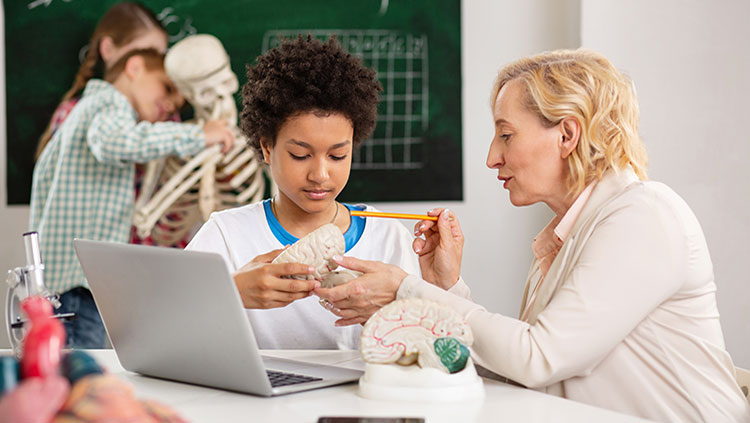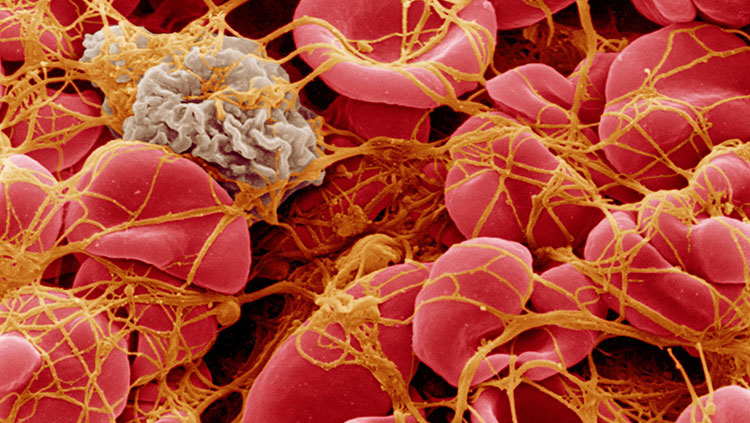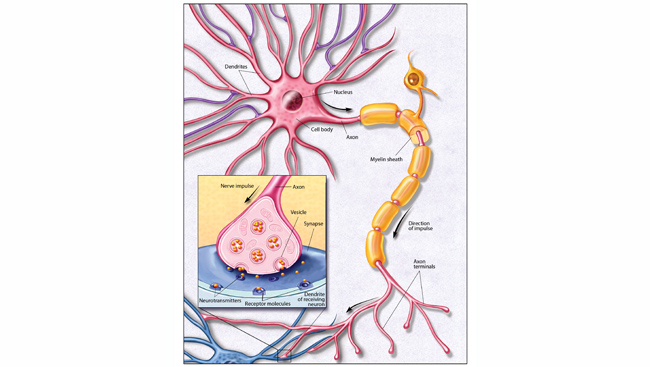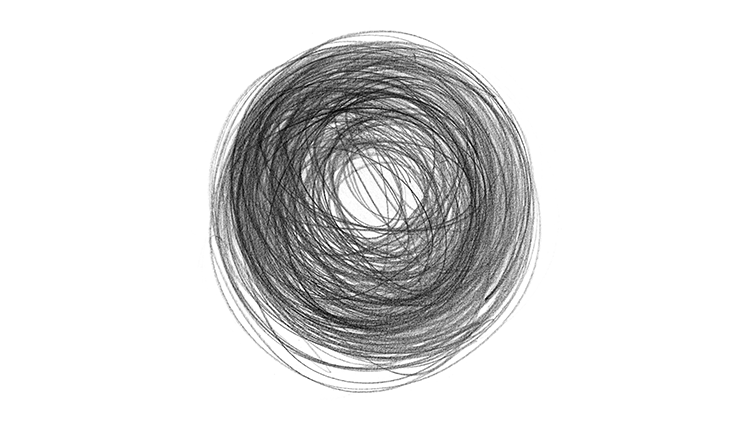The Brain-Changing Benefits of Exercise
- Published3 Feb 2020
- Reviewed3 Feb 2020
- Source TED
Wendy Suzuki explains how keeping the body healthy and fit can have a lasting impact in the moment and long-term as well, against incurable neurodegenerative diseases, such as Alzheimer's disease.
Access The Brain-Changing Benefits of Exercise from Ted Talks
CONTENT PROVIDED BY
TED












